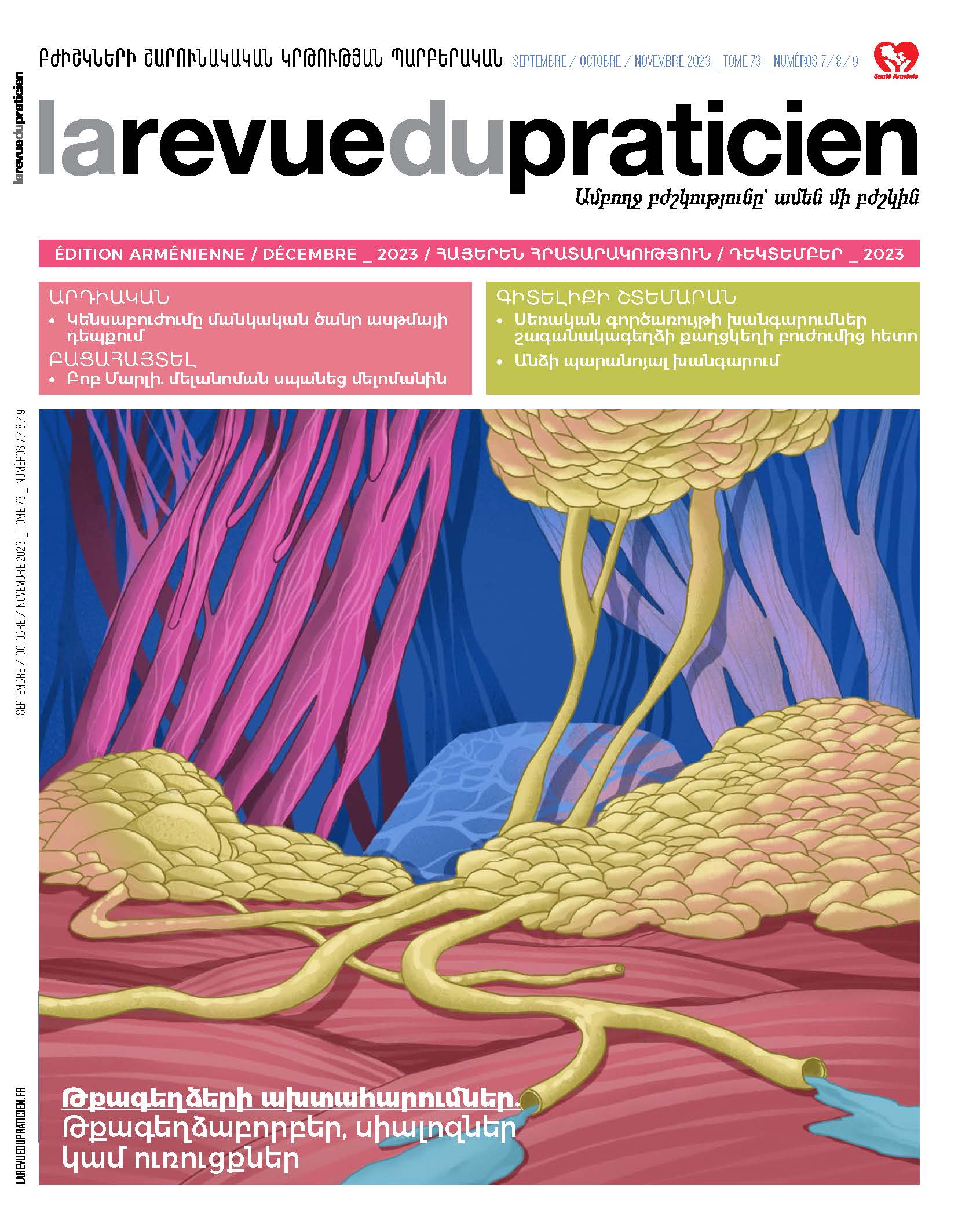Hereditary systemic auto-inflammatory diseases associated with cryopyrin 58
Bénédicte Neven.Abstract
CAPS (cryoprine-associated periodic syndromes) are a group of auto-inflammatory diseases of varying severity, most often beginning very early in life and characterized by febrile episodes, a pseudo-urticarial skin rash, joint manifestations and inconstantly neurosensory involvement. These symptoms may be intermittent and triggered by cold exposure but can also be chronic. Cryopyrinopathies are associated with heterozygous, gain-of-function mutations in NLRP3. These mutations are most often germline, but somatic mutations recapitulating the symptomatology are also possible. The NLRP3 gene codes for cryopyrin, an essential component of the inflammasome. The consequence of these mutations is the deregulated and excessive production of interleukin 1-β (IL1-β). Our understanding of the pathophysiology of these diseases has led to propose targeted anti-IL1 therapies, which are highly effective, significantly improving the natural history of the disease and the quality of life of patients.
